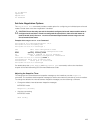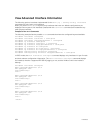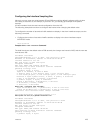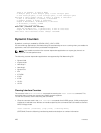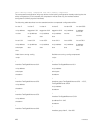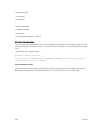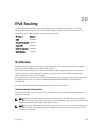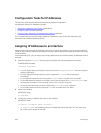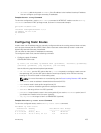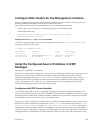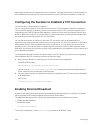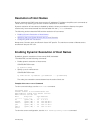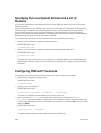
20
IPv4 Routing
The Dell Networking Operating System (OS) supports various IP addressing features. This chapter
describes the basics of domain name service (DNS), address resolution protocol (ARP), and routing
principles and their implementation in the Dell Networking OS.
IP Feature Default
DNS Disabled
Directed Broadcast Disabled
Proxy ARP Enabled
ICMP Unreachable Disabled
ICMP Redirect Disabled
IP Addresses
Dell Networking OS supports IP version 4, as described in RFC 791. Dell Networking OS also supports
classful routing and variable length subnet masks (VLSM).
With VLSM, you can configure one network with different masks. Supernetting, which increases the
number of subnets, is also supported. To subnet, you add a mask to the IP address to separate the
network and host portions of the IP address.
At its most basic level, an IP address is 32-bits composed of network and host portions and represented
in dotted decimal format. For example, 00001010110101100101011110000011 is represented as
10.214.87.131.
For more information about IP addressing, refer to RFC 791, Internet Protocol.
Implementation Information
In Dell Networking OS, you can configure any IP address as a static route except IP addresses already
assigned to interfaces.
NOTE: Dell Networking OS supports 31-bit subnet masks (/31, or 255.255.255.254) as defined by
RFC 3021. This feature allows you to save two more IP addresses on point-to-point links than 30-bit
masks. Dell Networking OS supports RFC 3021 with ARP.
NOTE: Even though Dell Networking OS listens to all ports, you can only use the ports starting from
35001 for IPv4 traffic. Ports starting from 0 to 35000 are reserved for internal use and you cannot
use them for IPv4 traffic.
IPv4 Routing
431



